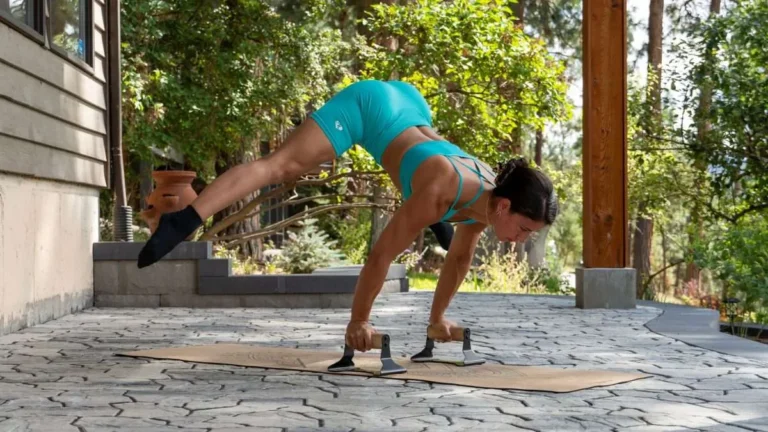At-home calisthenics significantly enhance strength and lower the risk of injuries. Studies have proven that these bodyweight exercises notably enhance strength and lower the risk of injury.
Convenience is a prime benefit of doing these exercises at home. It saves both time and money on gym memberships and allows for a personalized workout regimen tailored to your schedule.
What equipment is necessary to establish your ultimate home gym? The calisthenics equipment domain might initially seem overwhelming, ranging from pull-up bars to parallettes.
You can use the best calisthenics app that serves as a compass, steering you through the essentials required to make informed investments in the right tools that boost your calisthenics equipment home experience.
Essential Calisthenics Equipment for Home
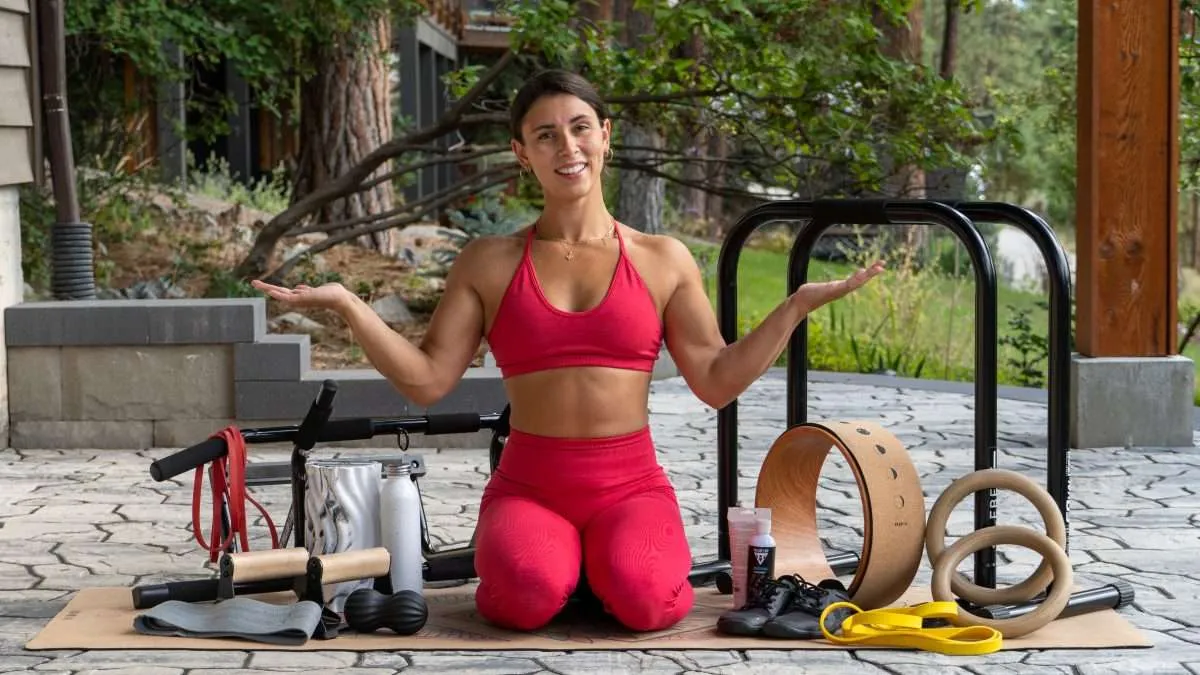
Pull-Up Bar (Upper-Body Strength)
An indispensable item for beginners, pull-up bars excel at building upper-body strength. These bars facilitate classic exercises like pull-ups, engaging your back, arms, and shoulders. Their versatility extends to accommodating exercises such as chin-ups and hanging leg raises, making them ideal for abs-focused calisthenics workouts.
Conveniently mountable in doorways or on walls, they’re suitable for both indoor and outdoor calisthenic spaces.
Parallettes (Full Body Workout)
These low parallel bars offer a comprehensive calisthenics workout, targeting the core, flexibility, and balance. Suited for beginners and advanced practitioners alike, parallettes enable exercises like push-ups, dips, L-sits, and handstand push-ups. Their compactness makes them easy to store indoors or outdoors, earning them a vital spot in any calisthenics equipment collection.
Dip Station (Chest and Tricep Strength)
Critical for chest and tricep strengthening, dip stations facilitate exercises like tricep dips and chest dips. They seamlessly transition between home and outdoor use, offering versatility and ease.
Gymnastic Rings (Versatile Full Body Workout)
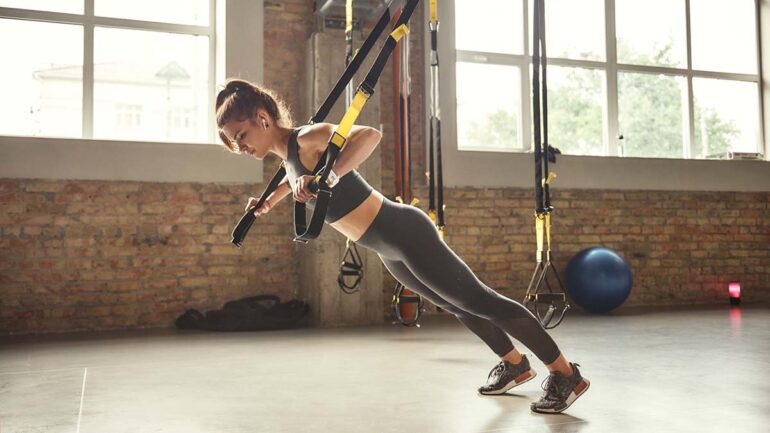
Hung from ceilings or bars, gymnastic rings introduce incredible versatility to your routine, intensifying your calisthenics workouts. These rings enable a multitude of exercises, including ring rows, pull-ups, push-ups, dips, and muscle-ups, forming an integral part of a well-rounded home gym setup.
Jump Rope (Cardio and Agility)
While seemingly basic, a jump rope is a potent tool for cardio workouts and agility enhancement. It’s easily storable and usable indoors or outdoors, serving as an effective warm-up or a high-intensity interval training tool, making it a fundamental component of any calisthenics equipment set.
Resistance Bands (Enhance Flexibility and Strength)
Catering to both beginners and pros, resistance bands offer diverse resistance levels to intensify calisthenics exercises. These portable bands enhance flexibility, strength, and muscle tone, making them an adaptable inclusion in any calisthenics setup, whether indoors or in an outdoor workout area.
Push-Up Bars (Chest and Arm Strength)
Augmenting traditional push-ups, these bars elevate the intensity, fostering greater strength and definition in the chest and arms. Lightweight, portable, and affordable, they’re an excellent addition to both indoor and outdoor calisthenic spaces, catering to beginners and seasoned enthusiasts alike.
Wall Balls (Full Body Workout)
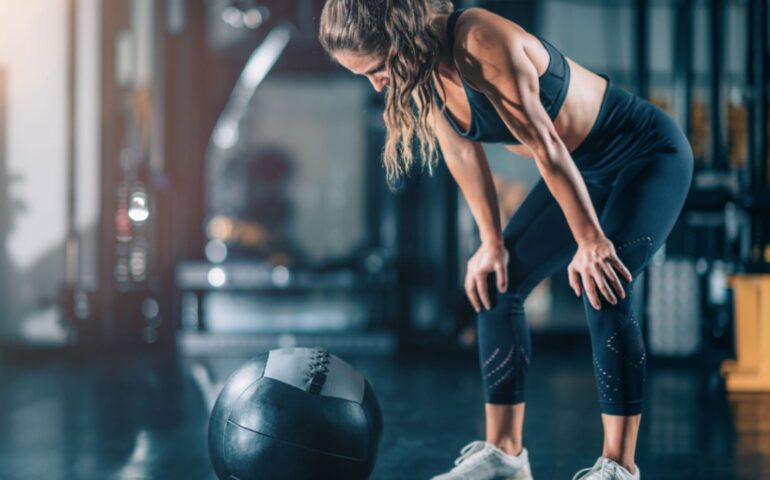
Versatile for a full-body workout, wall balls feature various exercises like squats, lunges, and overhead throws, expanding the repertoire of calisthenics exercises. They complement weighted calisthenics routines and are adaptable for indoor and outdoor use, amplifying the workout potential of your calisthenics space.
Ab Wheel (Core Strength)
An essential tool for core strength development, the ab wheel offers challenging workouts for robust abs and lower-back muscles. Compact and affordable, it’s an ideal inclusion for beginners and easily integrates into abs-focused calisthenics sessions.
Sandbags (Weighted Calisthenics)
Unconventional yet effective, sandbags add resistance to exercises, extending the versatility of your calisthenics routine. Suitable for various exercises like squats, lunges, and throws, they’re adaptable for both indoor and outdoor setups, enriching your workout experience.
Battle Ropes (Cardio and Toning)
An engaging addition to calisthenics equipment, battle ropes provide a high-intensity, full-body workout. Ideal for cardio and toning, they’re portable and suitable for outdoor setups, making them perfect for combining with other calisthenics exercises in interval training sessions.
Medicine Balls (Full Body Strength)
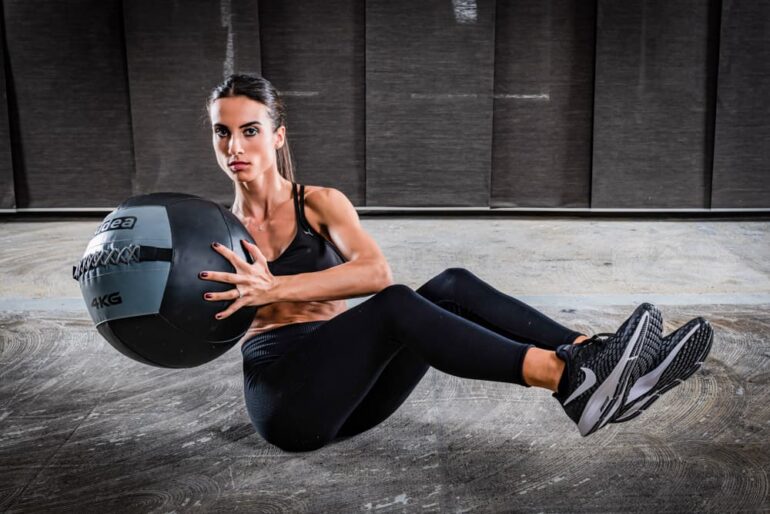
Versatile and effective, medicine balls enhance full-body strength through exercises like squats, lunges, and overhead presses. A valuable addition to weighted calisthenics, they cater to various workouts, including abs-focused routines.
Suspension Trainer (Full Body Workout)
An affordable and adaptable tool leveraging gravity and body weight, suspension trainers enable a myriad of exercises. With adjustable resistance, they suit various fitness levels and are a practical inclusion for home calisthenics setups.
Plyo Box (Power and Agility)
Integral for boosting power and agility, plyo boxes facilitate plyometric training with exercises like box jumps and step-ups. Beneficial for enhancing explosiveness and speed, they’re a key component for calisthenics enthusiasts aiming for these attributes.
Weighted Vest (Resistance Training)
Adding intensity to workouts, a weighted vest increases resistance, benefiting exercises like squats and pull-ups. It can be used both indoors and outdoors, making it portable and adaptable for various exercises while elevating the challenge level.
Calisthenics vs. Gym ─ Which Is Better?
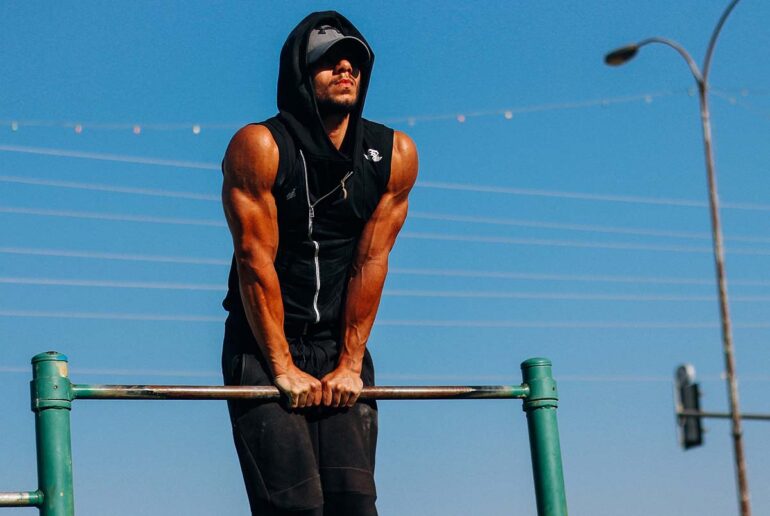
As stated by Calisthenics Worldwide, a professional educational platform for athletes, when it comes down to it, the battle between calisthenics and hitting the gym isn’t about one being superior to the other. They each bring their perks to the fitness table.
Calisthenics is all about using your body weight as resistance. It’s like a functional fitness party where you can boost flexibility and coordination and tune in to how your body moves.
On the flip side, gym workouts let you zero in on specific muscle groups. Plus, they make it simpler to keep tabs on how you’re getting stronger over time.
So, the choice between these two depends on what you’re gunning for in your fitness journey and what floats your boat. There’s no one-size-fits-all answer here—it’s all about what clicks with your goals and vibes with your style.
Can Calisthenics Match Up to Weightlifting in Terms of Effectiveness?
Calisthenics holds its own against weightlifting in many ways when it comes to getting fit. They both help build muscles, strength, and endurance, but they have their own perks. Weightlifting might show results quicker and in a more trackable way, but calisthenics gives you a more functional workout that engages your whole body.
In Summary
While calisthenics primarily relies on minimal equipment, investing in home gym gear diversifies and intensifies your workouts. For beginners, mastering proper form, technique, and gradual progression remains an excellent starting point.

